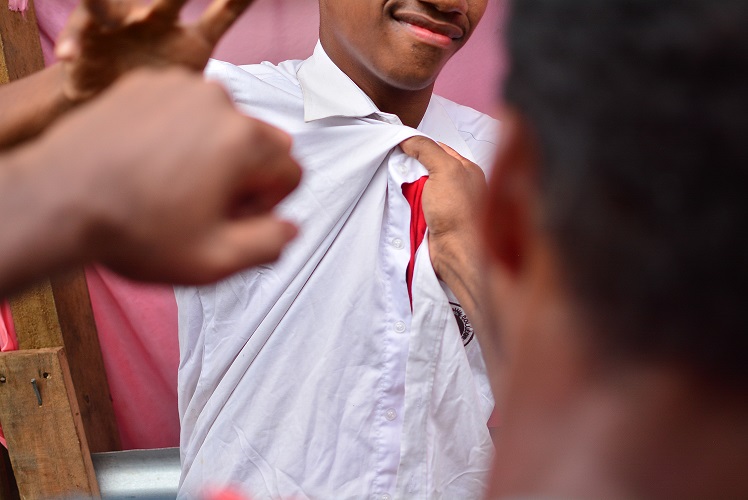I WAS interested in reading what the Minister for Education, Rosy Akbar, had to say to students at Marist Brothers High School (Akbar warns students – FT 20/3) on drugs and bullying.
It came over more as a threat than advice. The interesting thing is that bullies use the same tactics: threats to instil fear into their victims.
I pondered over this. I came-up with more questions than answers. I considered the threat of expulsion advocated by the minister as a way of reducing bullying.
A child expelled can end-up in another school and continue bullying.
Furthermore, I wondered how effective counselling would be. This was another solution offered.
The counselling – the minister is suggesting would be provided by retired secondary teachers whose subject method might have been woodwork or physics.
These former teachers are not qualified counsellors per se, except for only a handful who underwent a diploma in counselling program provided by APTC.
The minister went on to suggest involving parents. Supposing the parents were bullies themselves and who the child emulates or that some parents are simply not interested in being involved.
I’d like to examine what bullying is and what are its causes. It’s important to understand ‘what’ and ‘why’ before rushing in with quick fix solutions that may not be so useful or effective in stopping bullying.
What is bullying
It is repeated, annoying behaviour intended to hurt somebody either emotionally or physically.
It may be by using spoken words, physical violence, emotions such as threats or the internet.
Cyberbullying is bullying through electronic means, such as phones, tablets and computers. It can take place at school or at home.
Impacts of bullying on victims
Children who are bullied have trouble concentrating on their school work. They can stop trusting friends and family.
They can be afraid to speak out for fear of further bullying. Bullying can impact the mental and physical health of the victim.
It can cause severe stress and anxiety which can lead
to feelings of unhappiness, depression and suicidal tendencies both at the time and later on.
Bullies, if that is the term we really should be using, are not born like that; they are products of their environment.
They may have been bullied when younger. As with domestic violence, if children witness acts of violence and bullying tactics in the home, they can learn that violence and bullying is acceptable.
“Bullies often don’t consider themselves to be tyrants. They believe their way of communicating to be an appropriate response to a harsh world which they grew up in.
“Their social issues and indifferences make them turn to aggression as the only way to make their point.
“Often these children don’t have any real friends so they try and find attention in any way they can, even if that means hampering someone’s mental health or causing them physical health problems.”
Effective solutions to bullying
Lionel Rogers, president of Fiji’s Youth Champs 4 Mental Health, would rather not have the term ‘bully’ used.
He feels “… we should stop labelling these children bullies so we can empower them to improve their social interactions”.
Instead, Rogers maintains “…we need more professionals to work with the behaviour by focusing on the individuals’ strengths; exploring health and safety methods of ‘venting’; and explore modern and effective healing strategies/ interventions.’
After all, these children are troubled and they need all the support we can provide.
To expel a child is a band aid measure. Expulsion is viewed by present day educators as a last resort, especially when so many countries are signatories to the UN Convention on the Rights of the Child.
To expel a child is to deny them their right to education. The Convention, of which Fiji is a signatory, emphasises access to education unequivocally:
“Primary education should be free. Secondary and higher education should be available to every child. Children should be encouraged to go to school to the highest level possible. Discipline in schools should respect children’s rights and never use violence,” according to IFM-SEI, a socialist educational umbrella organisation.
What needs to be done first before any solution is decided on is to understand a child’s anti-social behaviour. They have their reasons. They may have difficulty in communicating their feelings other than using bullying tactics.
Expulsion or one-off counselling sessions are not the answers. Perhaps we need to ask the children themselves for solutions, but first we need to be prepared to listen.
- Julie Sutherland is a qualified secondary English teacher: B.A. (Soc. Sci.), Dip. Ed. (Sec.) La Trobe University, Victoria. The views expressed are the author’s and do not reflect the views of this newspaper.



